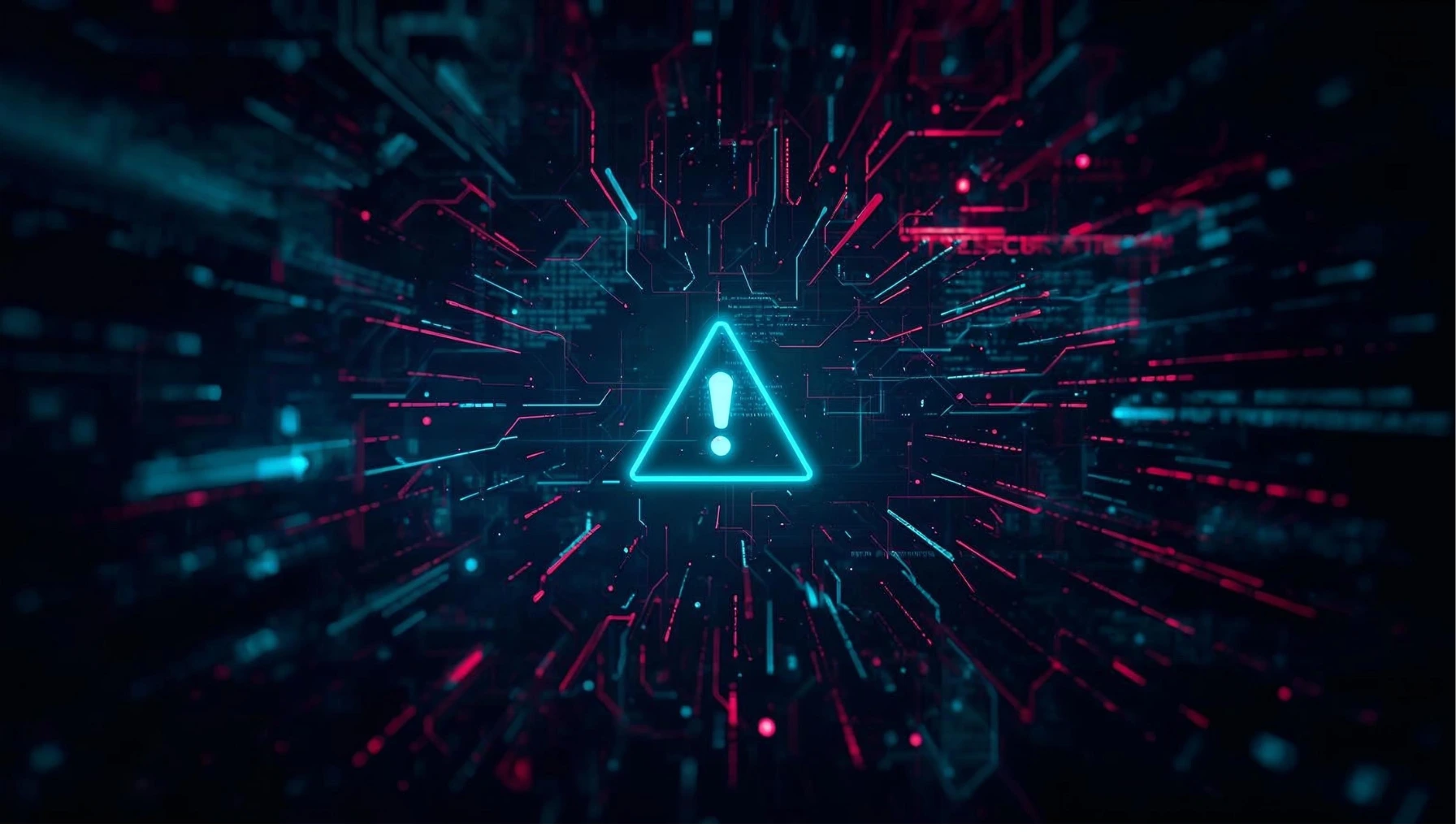
Operational management of Security Incidents
The management of a security incident follows a process aimed at ensuring a rapid and effective response to cyberattacks, data breaches, or system compromises, minimizing the impact on operations and sensitive information.
To handle security incidents in an organized way, an Incident Response Plan is essential—a document that defines roles, responsibilities, and procedures to follow in case of a crisis. A cyber incident is managed through successive phases, structured as follows:
- Timely detection: It is crucial to have active 24/7 tools and procedures to quickly identify suspicious signals, such as unusual access, irregular system behavior, or unexpected malfunctions.
- Event analysis: Detected events must be examined to determine whether they are simple false positives or real incidents that require an immediate response.
- Containment and response: If confirmed, containment measures must be applied promptly to limit damage and prevent the incident from spreading to other environments or services.
- Restoration of operations: Once the critical phase is over, compromised functionalities are restored, ensuring a return to full operational and security conditions. All activities must be accurately documented.
- Post-incident evaluation: After the event is closed, a review is necessary to identify weaknesses, update procedures, and strengthen the organization’s defensive capabilities.zazione.
Post-incident review: analysis and continuous improvement
The post-incident phase occurs after the resolution of a cybersecurity incident. In this phase, it is essential to conduct thorough analyses and reviews to fully understand what happened, assess which actions were effective and identify areas for improving future responses.
The main goal is to record both positive outcomes and critical issues, collecting valuable information that can guide the updating of policies, procedures, and technological tools.
This approach strengthens the organization’s overall security, promoting continuous improvement over time.
Security incidents and NIS 2: what organizations must do
The NIS2 Directive requires organizations not only to adopt structured procedures and internal guidelines for incident management, but also to ensure rapid and transparent communication with the competent authorities in case of breaches.
Among the main requirements introduced by the European Directive is the obligation to report incidents: companies must send an alert to the CSIRT (Computer Security Incident Response Team).
Incident Management: come rafforzare i processi con Rexguard e Rexpondo
To meet these requirements, structured, traceable, and standards-compliant processes are necessary. In this context, solutions like Rexpondo and the Rexguard module, designed as a GRC (Governance, Risk & Compliance) platform, allow organizations to centralize incident management and ensure a coordinated response, reducing reaction times and operational risks.
Thanks to automated workflows, compliance controls and integration with external systems, they help organizations comply with regulations such as NIS2 and ISO 27001, while ensuring traceability and continuous improvement of security processes.
Contact us for details on the features of Rexguard integrated with Rexpondo